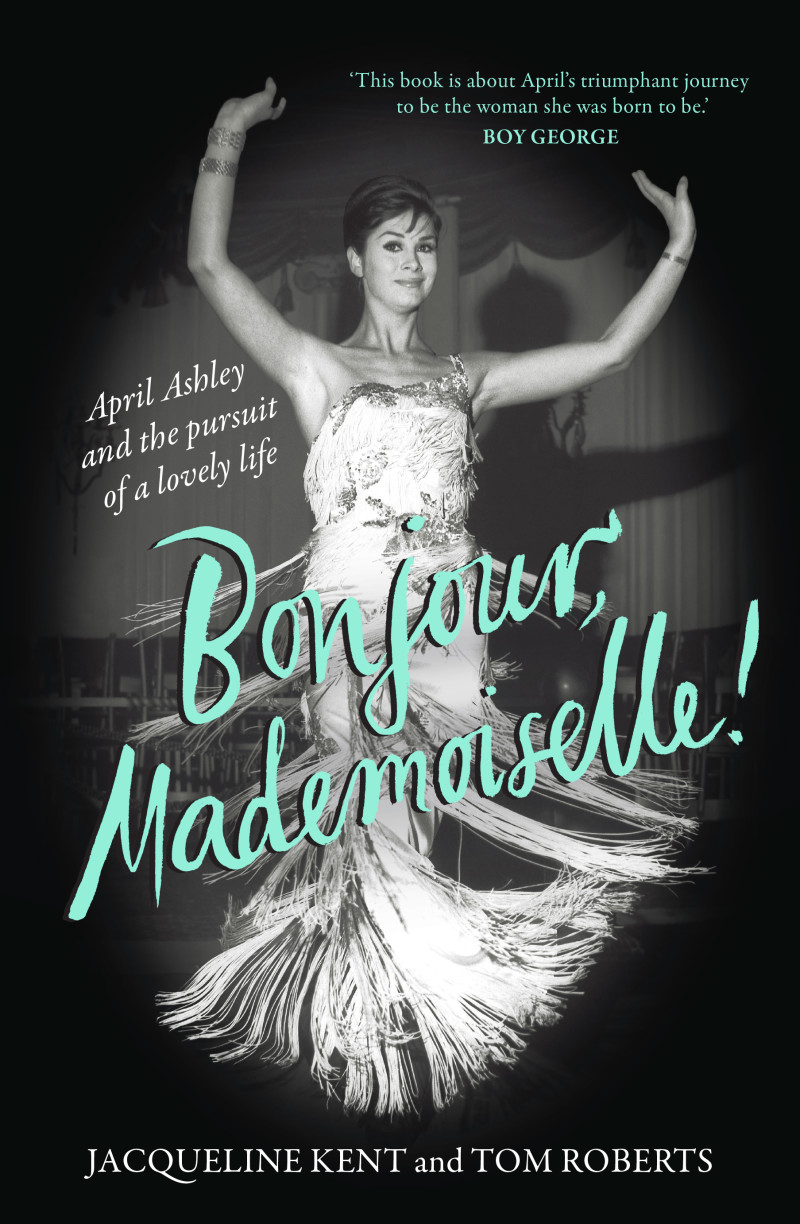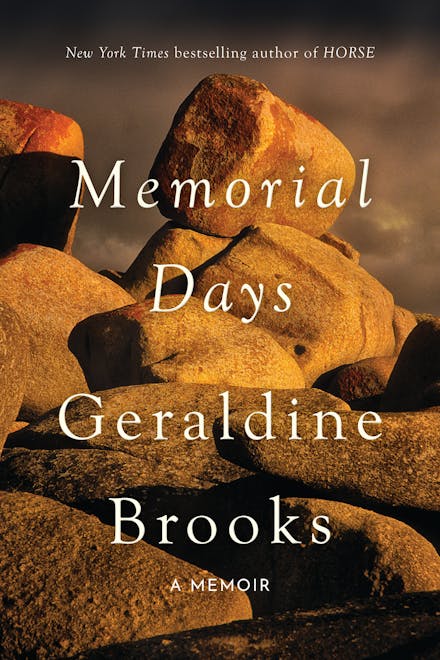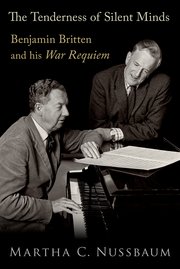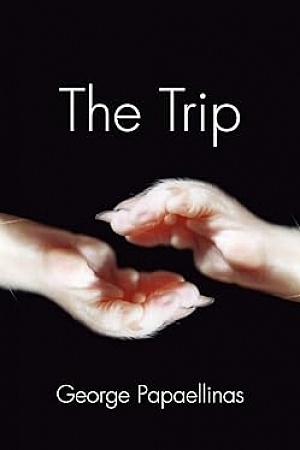The Classical Tradition
Harvard University Press (Inbooks), $69.95 hb, 1088 pp
The Classical Tradition by Anthony Grafton, Glenn W. Most, and Salvatore Settis
Unlike China, whose history similarly goes back to the Bronze Age, Europe has been shaped by spectacular collapses and profound renewals, first after the Mycenaean Age and then with the fall of the Roman Empire, which severed what we know as Antiquity from the modern world. The new Europe that emerged from half a millennium of turmoil, cultural regression, and repeated invasion by foreign predators was fundamentally transformed. Its centre of gravity had moved from south-east to north-west; its population was largely composed of former Celtic and Germanic barbarians; its new languages were vernaculars emerging from the pidgin Latin spoken by illiterates; and its religion was Christianity. What made it possible for these originally tribal peoples to build Europe was the blueprint of an extraordinary civilisation, which at first they barely understood, but to which they became the unlikely heirs.
Continue reading for only $10 per month. Subscribe and gain full access to Australian Book Review. Already a subscriber? Sign in. If you need assistance, feel free to contact us.














Leave a comment
If you are an ABR subscriber, you will need to sign in to post a comment.
If you have forgotten your sign in details, or if you receive an error message when trying to submit your comment, please email your comment (and the name of the article to which it relates) to ABR Comments. We will review your comment and, subject to approval, we will post it under your name.
Please note that all comments must be approved by ABR and comply with our Terms & Conditions.